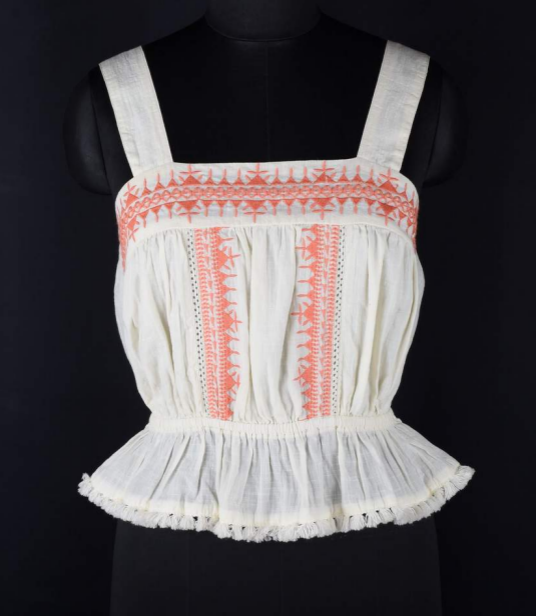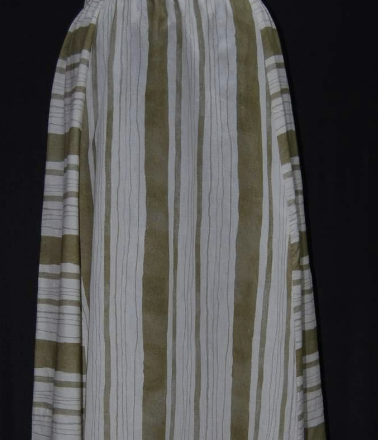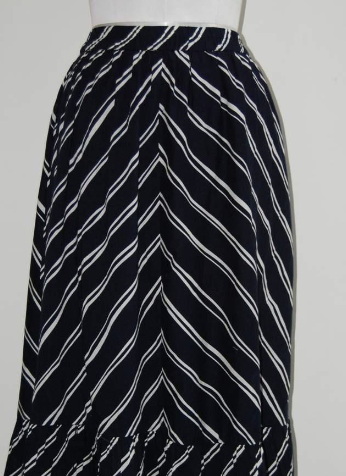Key Checklist For An Export House In India When Supplying UK Women’s Wear Retailers

As a textile export company in India, if you want to work as a women’s wear supplier in the UK, keeping a checklist of your required documents is a must. You need to maintain proper logs and compliance documents for both the Indian government and customs clearance with the UK government. This process ensures seamless clearance with customs and also shows buyers that you’re easy to do business with. So, what are the key documents that you must have ready as an export-ready garment manufacturer in India? Let’s take a detailed look at all your compliance requirements for exporting women’s wear to the UK.
Compliance Checklist For Indian Garment Exporters Shipping Women’s Wear to UK Retailers
-
Legal Requirements
Before you export garments out of India, your legal documents, including licenses and certifications, must be in order. This will ensure smooth processing at customs and also
trustworthy business operations with your buyers. Here’s a checklist of all the legal documents you must have before exporting.
-
Your IEC Code (Import Export Code) was issued by the DGFT (Directorate General of Foreign Trade). You must also ensure your code is active before exporting.
-
Your GST number and registration, along with the e-invoicing setup for your company to process LUT/Bond for exports.
-
Your trade agreement with your buyer details all the conditions of your trade. You should also use it to check whether your agreement can be considered under the India-UK Free Trade Agreement.
-
Your industry certifications, such as SEDEX/SMETA certifications, BSCI, WRAP, and SA8000 certifications. These are crucial to conduct trade with UK retailers.
-
Sample Approval Documentation
Before you can export the entire shipment for your buyer, they’ll generally ask for samples to prove the technical accuracy and quality standards of your manufacturing. This is because UK buyers are detail-oriented and require quality assurance with proof before bulk approval. Here’s how you can manage sample approval documentation as a women’s clothing manufacturer.
-
Conduct and collect fabric testing reports for shrinkage, GSM, and colourfastness before submitting samples. Send these reports from accredited laboratories along with production samples to develop trust with buyers.
-
Share a sample sizing guide in accordance with the UK’s women’s body standards.
-
Lastly, create comprehensive tech packs with specified details about the garment’s stitching, trims, fabric, and finishing details.
-
Packaging & Labelling As Per UK Standards
Based on buyer requirements, you must provide packaging solutions that align with their requirements as well as UK law.
-
The packaging must include barcode labels compliant with EAN/UPC and add retailer-specific price tags to the garments.
-
The packaging must contain details like SKU, PO, colour, size, and country of origin details clearly mentioned.
-
3. Logistics Details & Papers
-
Customs delays can hamper your export schedule and cost you significantly. To avoid costly customs delays, ensure accurate documentation and partner with experienced freight forwarders who are familiar with the UK trade routes. What you can do here is to confirm the Incoterms (International Commercial Terms) that clarify the costs, responsibilities, and risks for buyers and sellers in international trade. During contract negotiation, you must confirm the commonly used terms like FOB, CIF, and DDP. Before shipping, prepare all the required export documents, like the following:
-
Packing List
-
Commercial Invoice
-
Certificate of Origin
-
Airway Bill
-
Inspection Certificate (if required)
-
Lastly, get marine cargo insurance to insure your shipment before exporting.
- Finance Details & Banking Documentation
-
Smooth finance management ensures no customs delays and better cash flow. Always remember to claim benefits that are applicable to garment exports, like the RoDTEP or RoSCTL. Ensure that you maintain compliance with the FEMA regulations, which is a framework for managing foreign exchanges to promote the development of the foreign exchange market. Also, negotiate clear payment terms with freight forwarders for a hassle-free export schedule.
Conclusion
The mentioned checklist above will help you keep your garment production running at par with the global standards. It will help you build trust with buyers and avoid customs or destination country market fit issues. For more information about garment export, feel free to check out Cheer Sagar. Cheer Sagar is among the top women’s clothing manufacturers in India with decades of experience in exporting garments across the globe, at par with international export standards. Check out the website to learn more about the offered services.
Related Blog
Statistical Analysis Of Ready To Wear Garments
There are many things to be analyzed when it comes to readymade garments. Body measurement, size designation, a sizing system,...
Factors To Keep In Mind Before Choosing Private Label Clothing Manufacturers For Your Business
Although clothing is one of the most popular online businesses, finding a reputable private label clothes manufacturer might be challenging...
How To Start A Profitable Garment Export Business
It's no secret that the garment export business is one of the most profitable and evergreen business ideas. In fact,...




